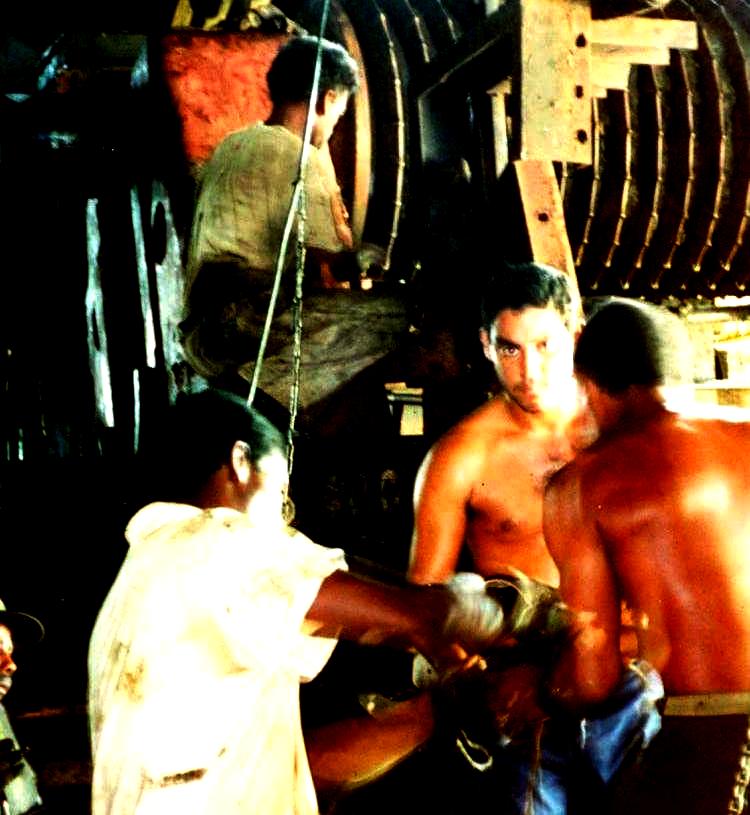Marc Frank, Reuters
External Link: http://www.reuters.com/article/2011/09/29/food-cuba-sugar-idUSS1E78S0AG20110929
 An Aerial View of What is Left of the Australia Sugar Mill, 2011
An Aerial View of What is Left of the Australia Sugar Mill, 2011
HAVANA, Sept 29 (Reuters) – Cuba is closing its once powerful Sugar Ministry in favor of a state holding company charged with pulling the sector out of a long decline, official media announced on Thursday.
A government communique said the decision was made at a meeting of the Council of Ministers on Saturday. “The Council of Ministers, after an analysis of the sector, decided to close the Sugar Ministry as today it carries out no state functions,” it said.
President Raul Castro was quoted as stating the ministry would be replaced by holding company. Castro said 13 provincial companies would belong to the new holding company with 61 mills, of which five would close.
Plans to create the new sugar corporation and revitalize the industry by, among other things, allowing foreign investment and closing inefficient sugar mills were first reported by Reuters more than a year ago. The ministry’s demise is the last chapter in the dramatic decline of the sugar industry in a Caribbean island country where sugar was once king but now accounts for around 5 percent of foreign exchange earnings.
Cuba’s fall from once being the world’s biggest sugar exporter, producing 8 million tonnes of raw sugar annually, began with the collapse of former benefactor the Soviet Union in 1991. Since then, the sector has declined relentlessly to 1.2 million tonnes. The country plans to produce 1.45 million tonnes during the harvest that gets underway in December.
Former Economy Minister Marino Murillo, recently promoted to lead economic reform efforts, said last year plans called for the industry to gradually increase production to around 2.5 million tonnes by 2015. Cuba itself consumes a minimum 600,000 tonnes of sugar annually and has a 400,000 tonne toll agreement with China.
In a painful 2002 downsizing of what was once the island’s flagship
sector, Cuba shut down and dismantled 71 of 156 mills, all 71 built well before the revolution, and relegated 60 percent of sugar plantation land to other uses.
More than 200,000 of the industry’s 400,000 workers were moved to other employment and many rural sugar towns were left stagnating, their closed mills marking the skyline. More mills have closed since then. Only 1.7 million acres (700,000 hectares) of the more than 5 million acres (2 million hectares) once controlled by Cuba’s sugar ministry are currently dedicated to sugar cane.


